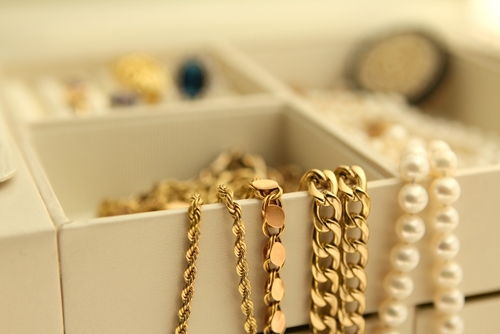As the back-to-school season hits its peak and recedes, savvy retailers are already moving onto the next major theme in terms of in-store visual merchandising: the fall. The great thing about a seasonal approach to store displays is that the concept is very broad. Retailers can find an approach that works well with the attitude of their business and the items they sell. Whether it's a simpler theme focusing on the colors and feeling of autumn or a more specific approach that highlights a local or national event, there are many different ways to utilize in-store displays and window showcases as the season turns from summer to fall.
A particularly powerful merchandising tool
One of the most versatile items when it comes to fall-oriented merchandising are crates. These display pieces can evoke the feeling of apple picking, rustic general stores and other positive associations, depending on how they're used. A traditional approach, showing off the weathered appearance offered by certain woods and stains, can work very well in traditional or heavily themed displays. There are other options to incorporate unique, bright pastel palettes that still offer a sense of autumn while better meeting the needs of retailers with specific color schemes and promotions in mind. These more colorful approaches offer a touch of fall without having it necessarily be the centerpiece of a visual merchandising effort.
Another unique feature of crates is the use of a chalkboard front, both in individual pieces and as a multi-unit bin. This simple element offers a classic feel that brings out memories of both the start of the school season and a grocer or country store writing out what wares are for sale. There's a versatile and functional element to the chalkboards as well. With an eraser or wet cloth, these display fixtures can easily be personalized, reused and repurposed for nearly no cost.
In a more abstract sense, crates are effective design tools when it comes to the textbook definition of a good design. The elements of three-dimensional design – the use of color, texture, shape and lines, according to Creativity Window – are met well when using a crate-based display. The addition of some texture and shapes surrounding the actual products on display makes the whole effort more engaging without appearing too overwhelming.



